The transition from summer to autumn in Norway typically tends to be one of the most stunning times of year to immerse yourself in nature.
As if the lure of the changing leaves and fresh air wasn’t enough, the country’s mountains and forests typically offer up a bountiful harvest at this time of year.
Whether its blåbær (blueberries), tyttebær (lingonberries), blokkbær (bog billberry) og krekling (black crowberry), or kantarell (chanterelle). There’s plenty to be picked between July and October in Norway.
But, before you start dreaming of a mushroom omelette, a wild berry compote with sveler (Norway’s answer to pancakes), fresh wild garlic – or the most coveted of all berries (in Norway at least),multer (cloudberries) – it might be worth checking to see what the rules say.
Luckily, your right to forage food is protected by allmennhetens høstingsrett, which is “the public’s right to harvest”. This right is protected by the Outdoor Recreation Act (1957).
READ MORE: Can I camp anywhere I want in Norway?
When in nature, you can forage for berries, mushrooms, wild nuts, and wild herbs.
However, there are some conditions to these rules. You can pick wildflowers and forage for mushrooms as long as the population isn’t threatened or protected. Additionally, wild nuts must be eaten on the spot.
In Nordland and Troms, you can eat cloudberries you pick on-site but cannot take any with you if the landowner has prohibited foraging. Additionally, any cloudberries you pick in these areas must be for your own use, even if there is no signage saying foraging is prohibited.
Also, you are forbidden from picking berries on farmland or close to other people’s houses without the landowner’s permission. You can also not forage in protected areas, such as nature reserves. Luckily the Norwegian Environment Agency has a map of all protected areas that you can view here (in Norwegian).
One other thing outlined by allmennhetens høstingsrett is that those foraging should take “due care”. This means that you shouldn’t pick an entire area clean when out foraging.
Other things to be aware of
Aside from making sure that you do not pick any protected or endangered plants, you will also need to ensure that any food you do forage is edible.
For example, wild garlic in Norway can be hard to differentiate from the lily of the valley, which is highly poisonous.
And, of course, there are mushrooms to consider. There are around 60 or so poisonous mushroom species in Norway.
Before heading out to forage for mushrooms, be sure to go with someone who knows what they are doing.
Alternatively, The Norwegian Association for Mycology and Foragingg has an app (Sopp Kontroll) which will help you identify mushroom varieties. They also have in-person events which you can head to and have your mushrooms checked by experts. You can view their event calendar here.

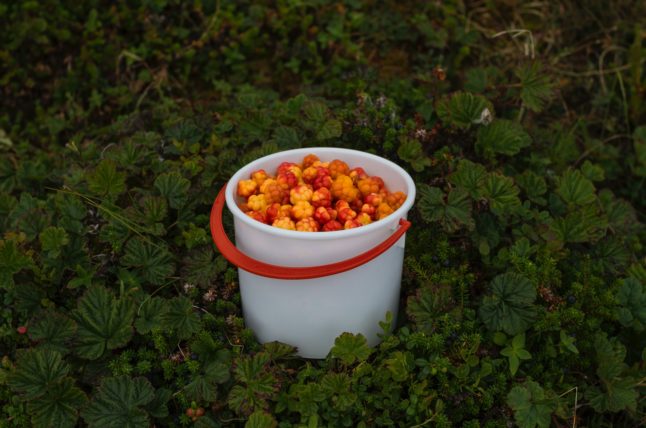
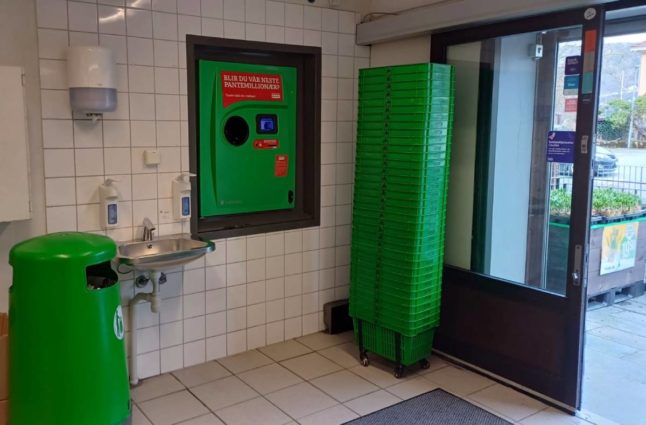
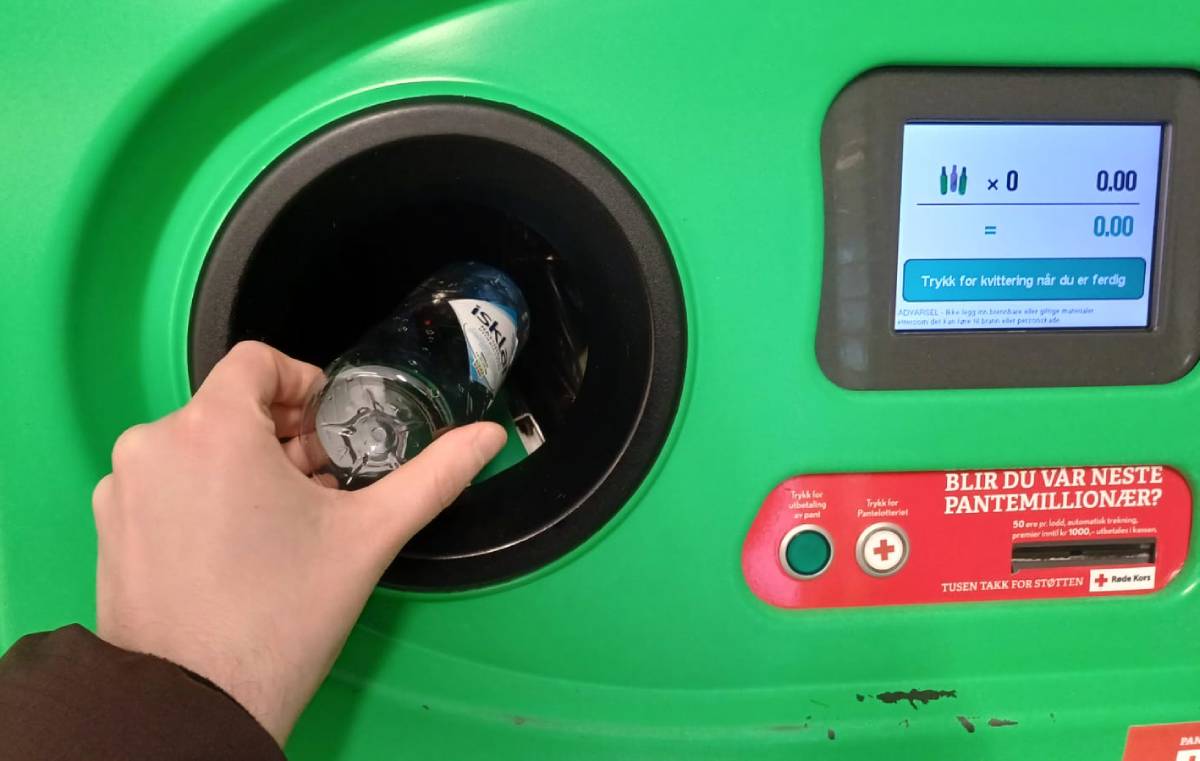
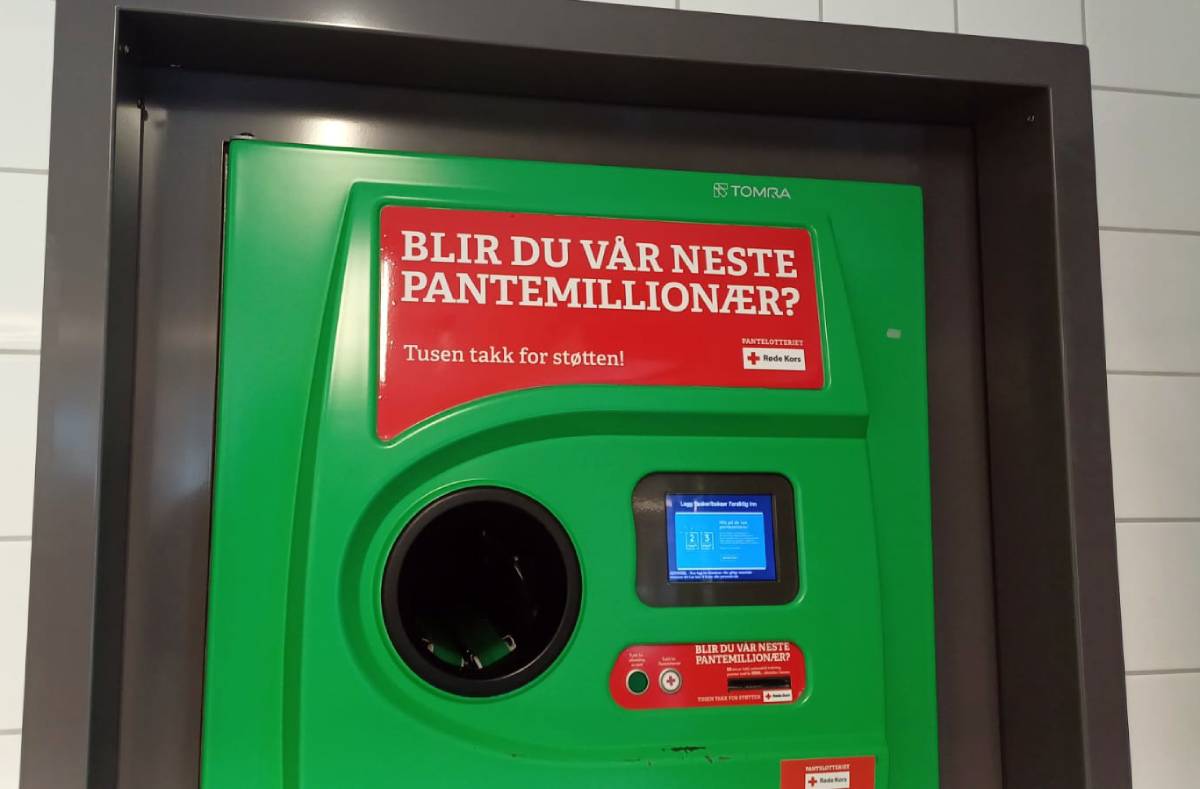
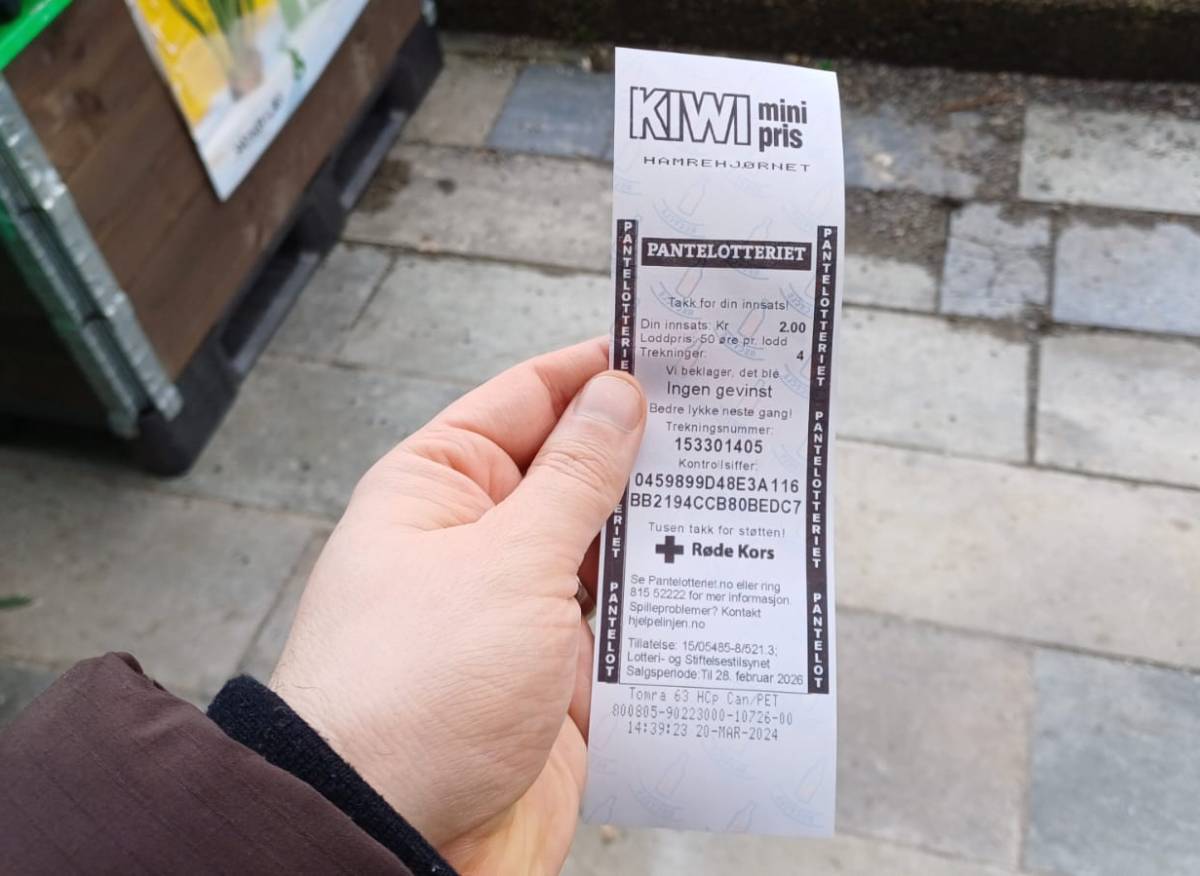
 Please whitelist us to continue reading.
Please whitelist us to continue reading.
Member comments